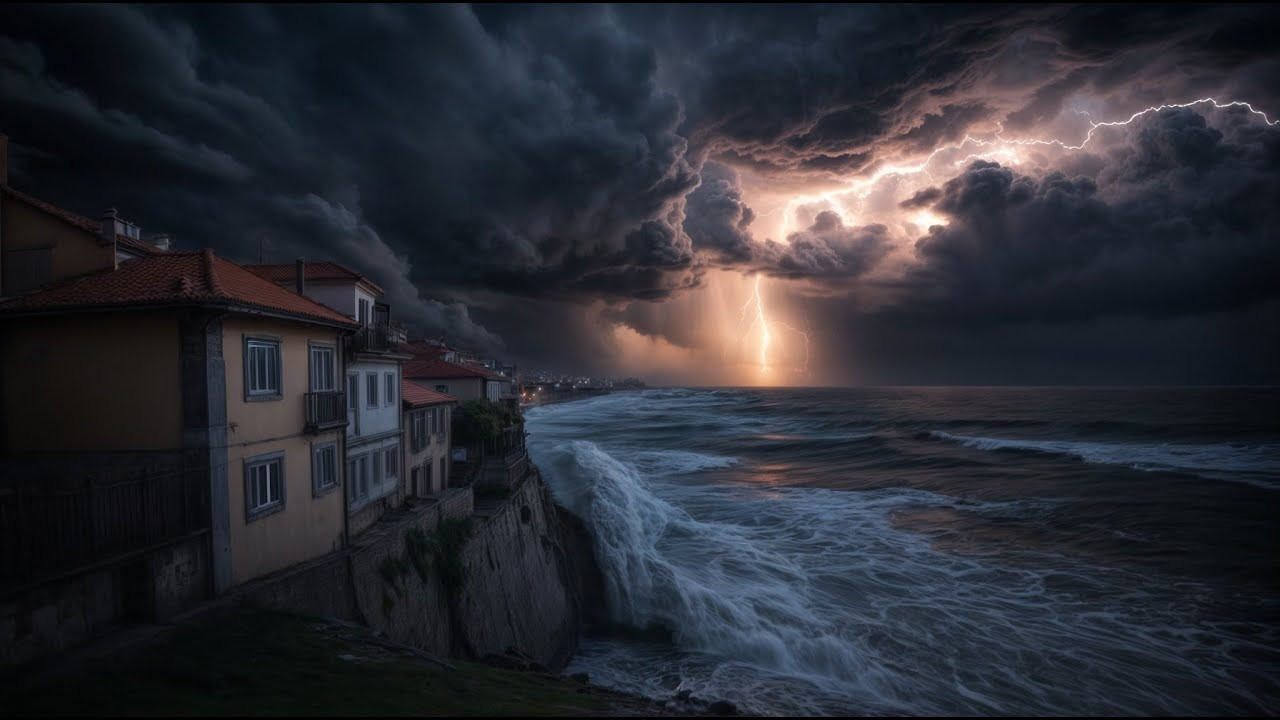On March 19th and 20th, a powerful storm named Martinho struck Portugal and then Spain, bringing torrential rain and gale-force winds. The severe weather caused significant damage across various regions of the country.
Wind speeds reached 75 miles per hour, causing trees to fall, power lines to break, and roofs to collapse.
The Greater Lisbon metropolitan area suffered the most, with at least eight people injured.
In the city of Odivelas, wind gusts damaged the roof of a local elementary school, forcing the school to suspend classes for two hundred students.
Traffic was temporarily halted on the bridge over the Tagus River, which connects Lisbon to Almada. Additionally, at Cascais airfield, strong winds overturned several small airplanes.
The following day, on March 21st, Storm Martinho moved into Spain, bringing heavy rain and stormy winds.
March 2025 has now gone down in history as the wettest March ever recorded in Madrid.
The Spanish meteorological agency (AEMET) declared a yellow weather warning across all mainland regions, except the Canary Islands.
In central and southern areas, river levels rose sharply due to waterlogged soil, increasing the risk of flooding.
Emergency services urged residents to exercise caution and avoid traveling near bodies of water.
The abnormal warming of the world’s oceans plays a crucial role in intensifying climate disasters. But what drives this rapid heating, and what hidden processes accelerate it?
The documentary Popular Science Film "Anthropogenic Factor in the Ocean’s Demise" explores these pressing questions. It also presents real technologies that could help restore the ocean’s natural balance and lay the foundation for a sustainable future for our planet.

